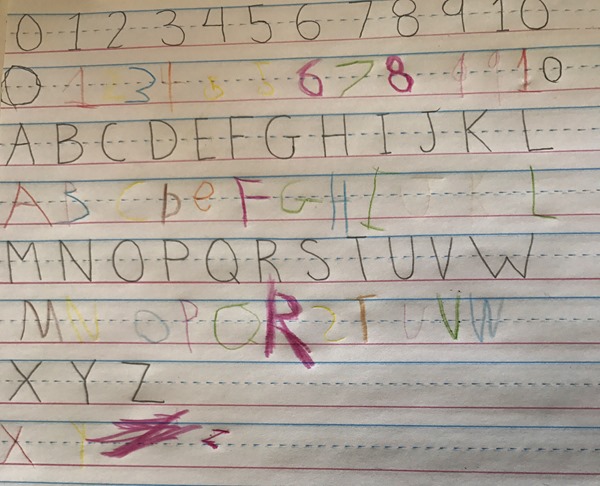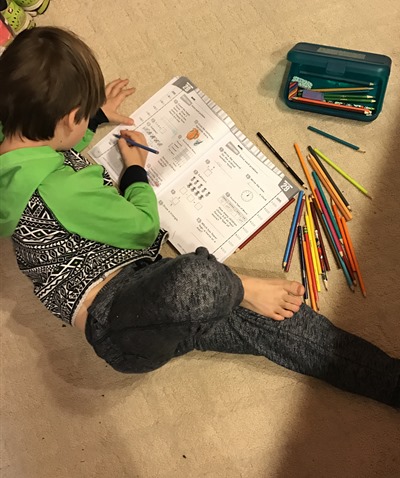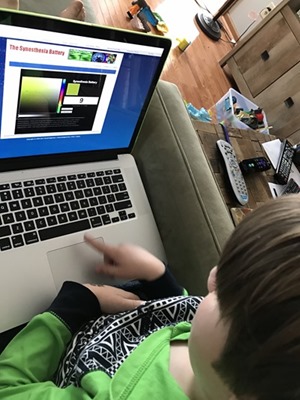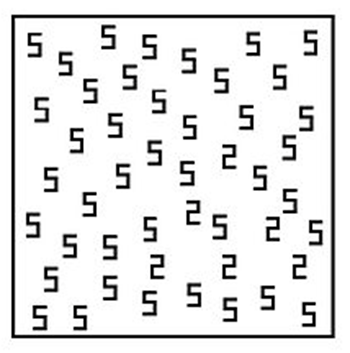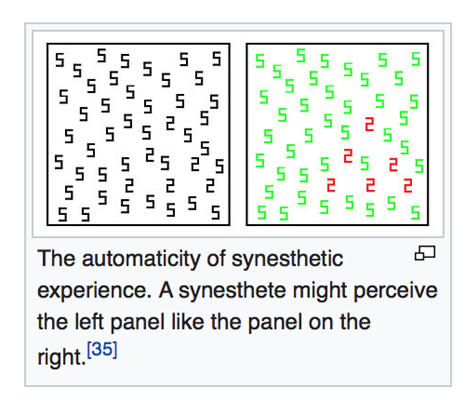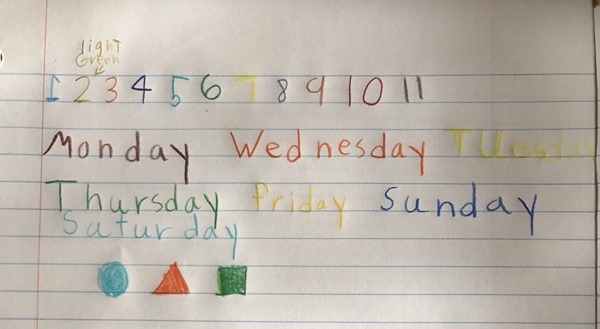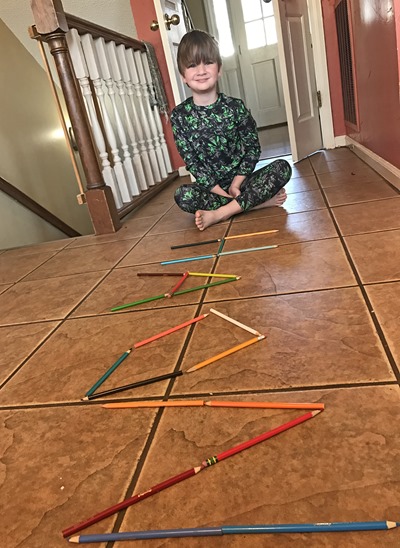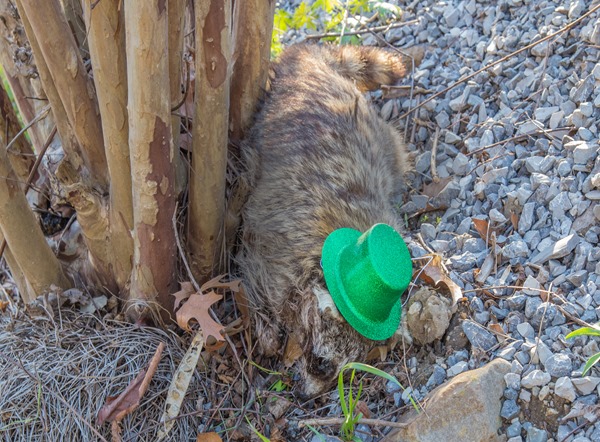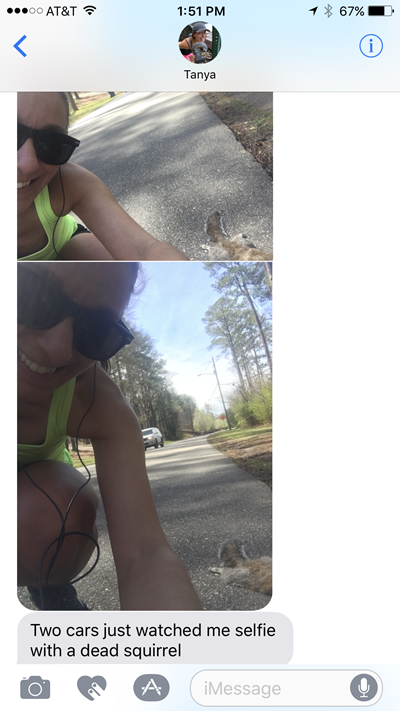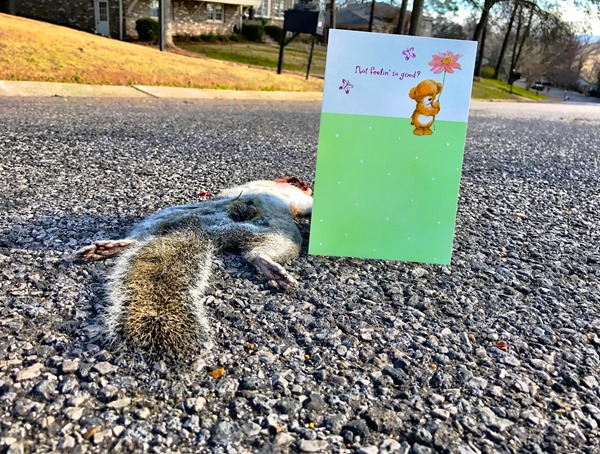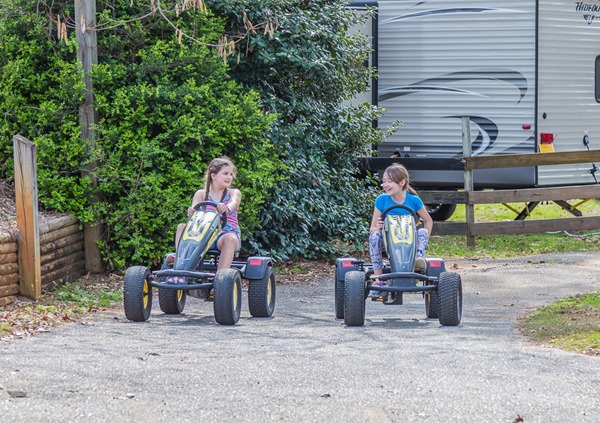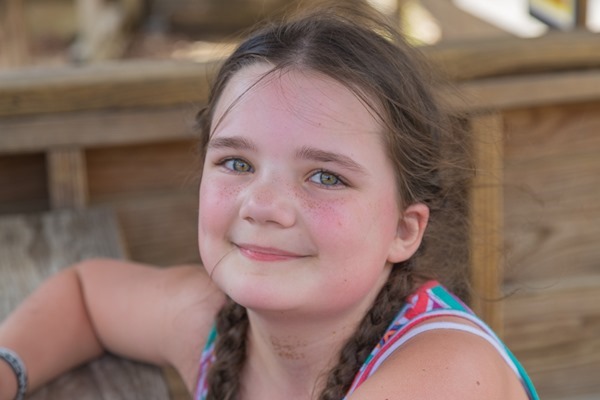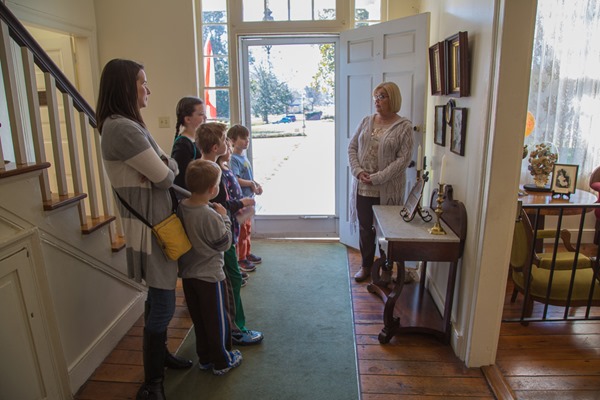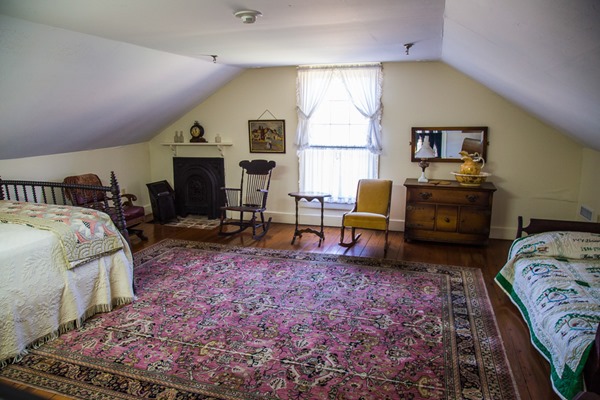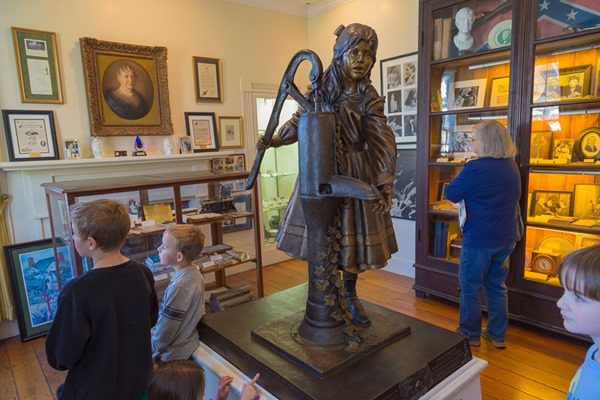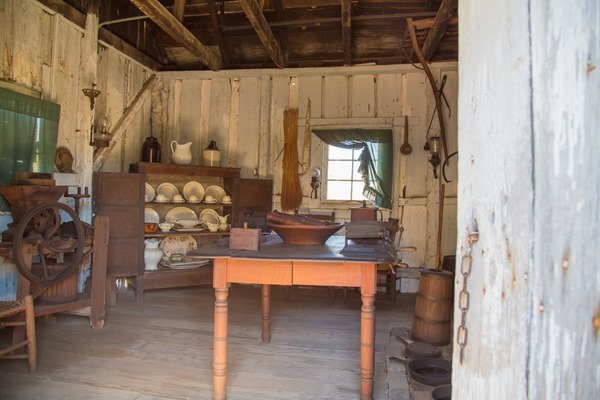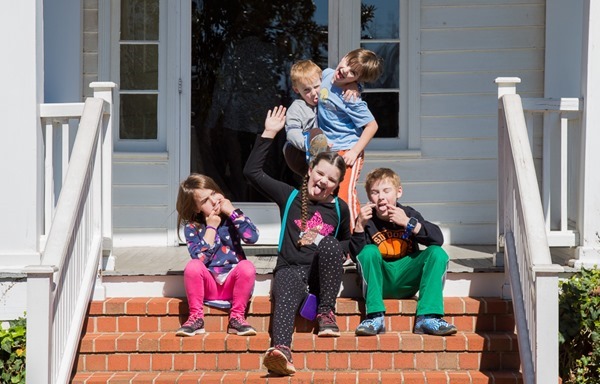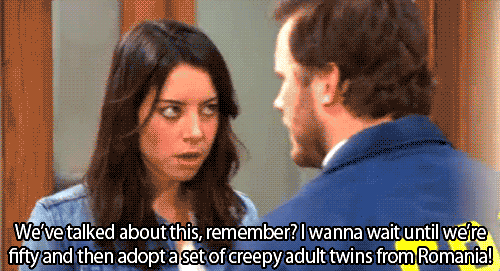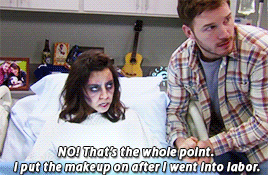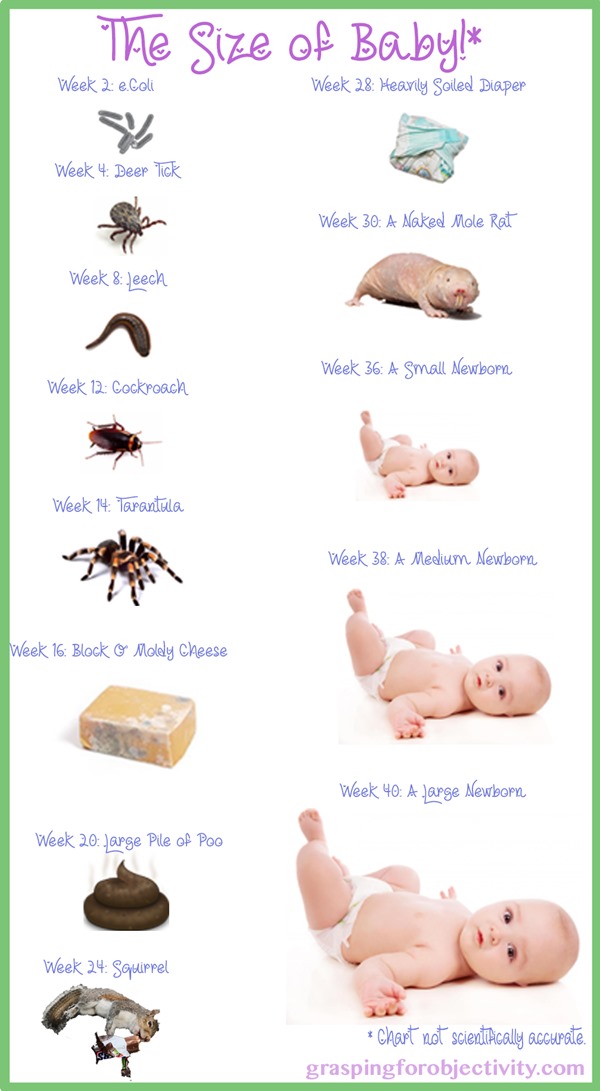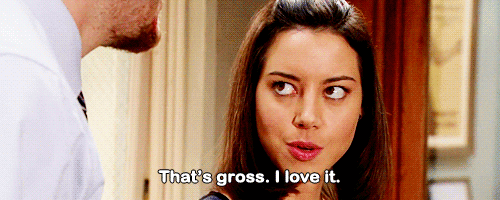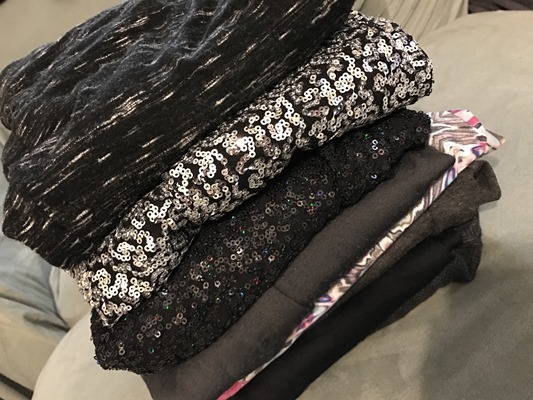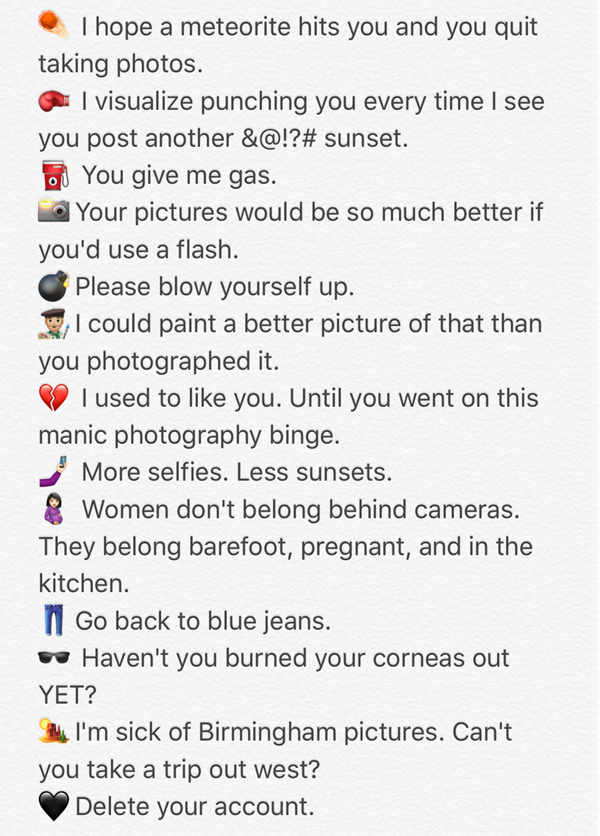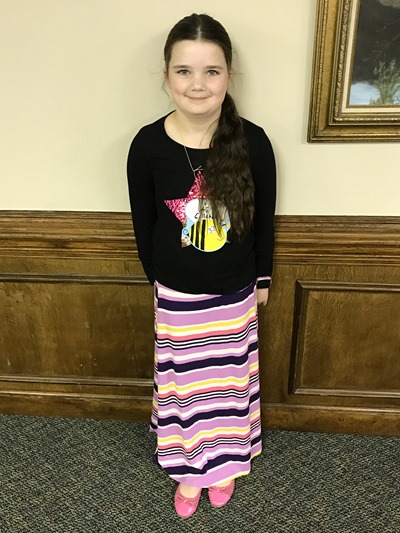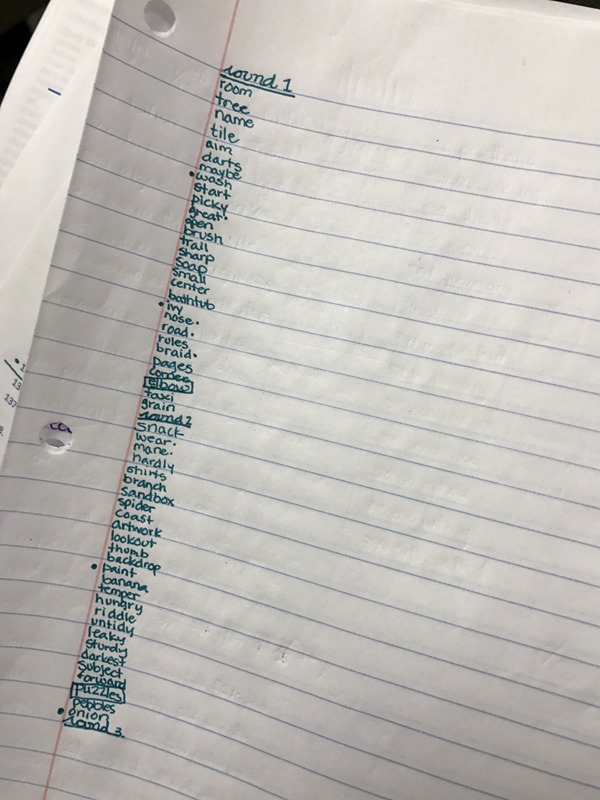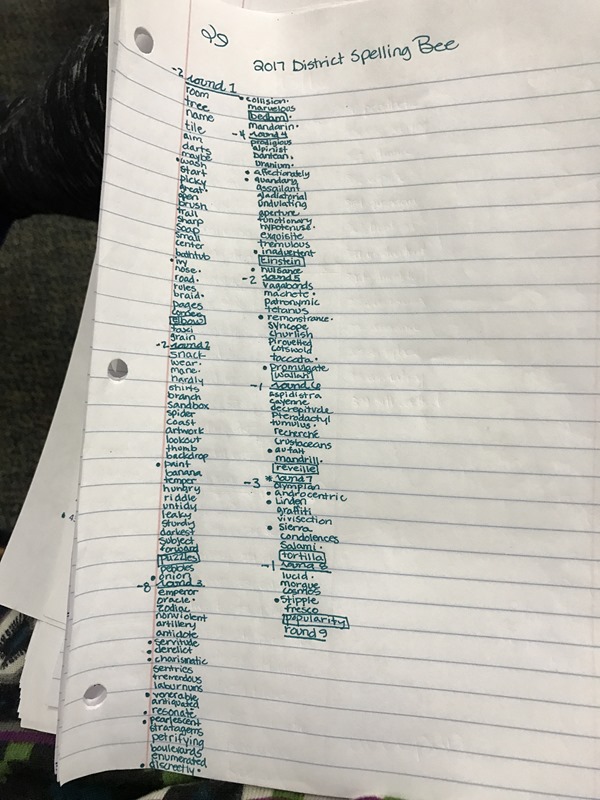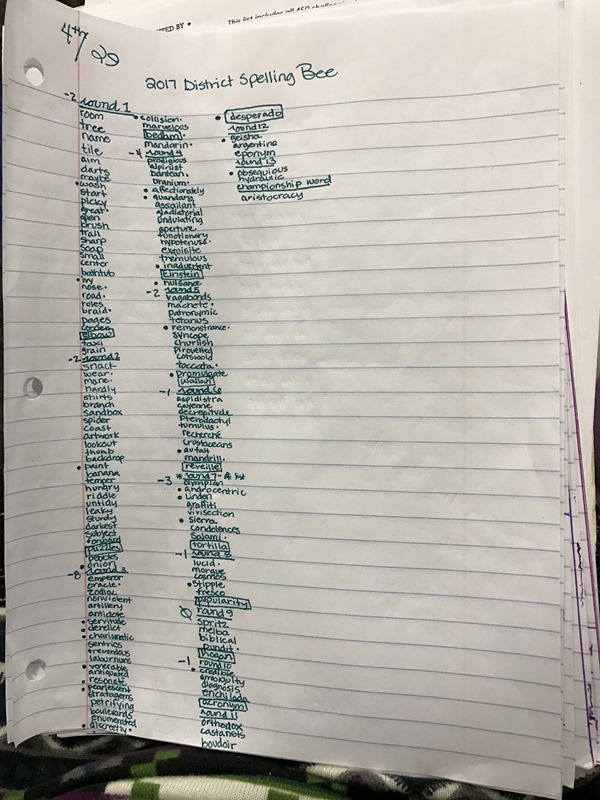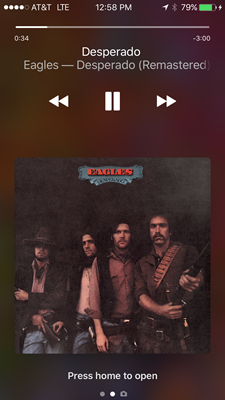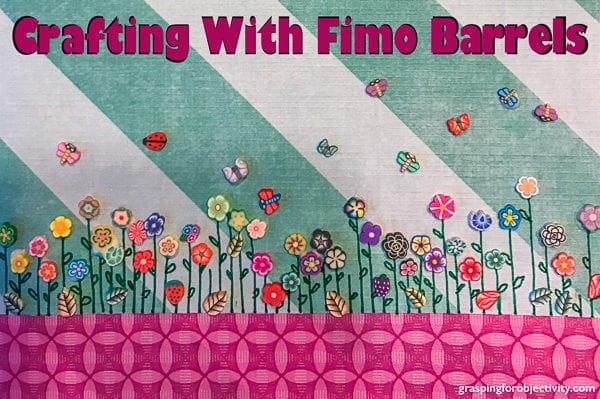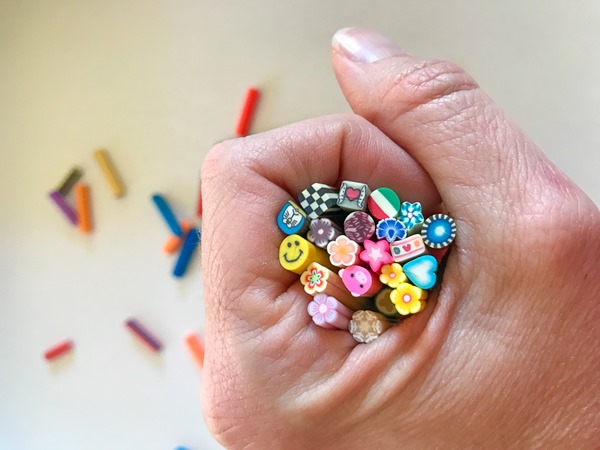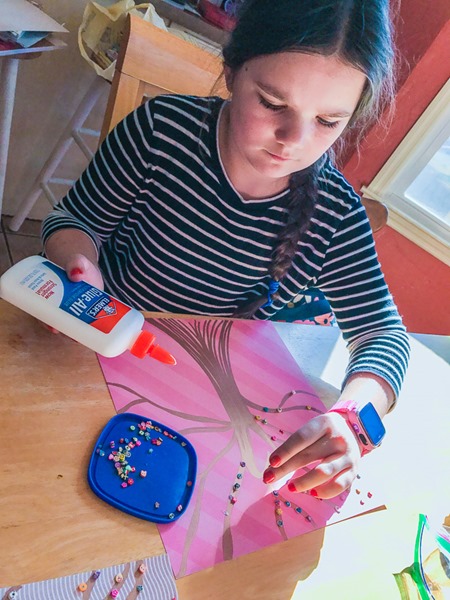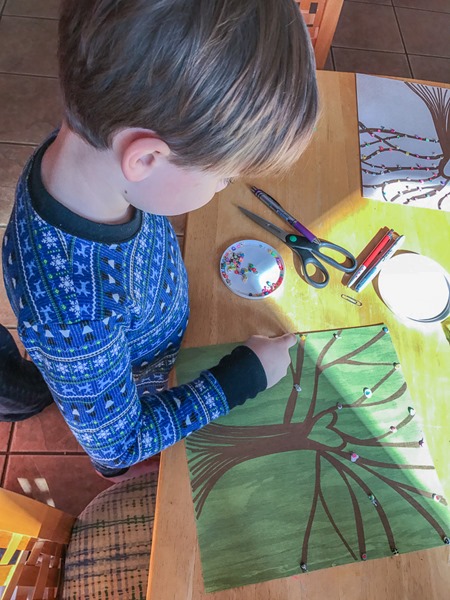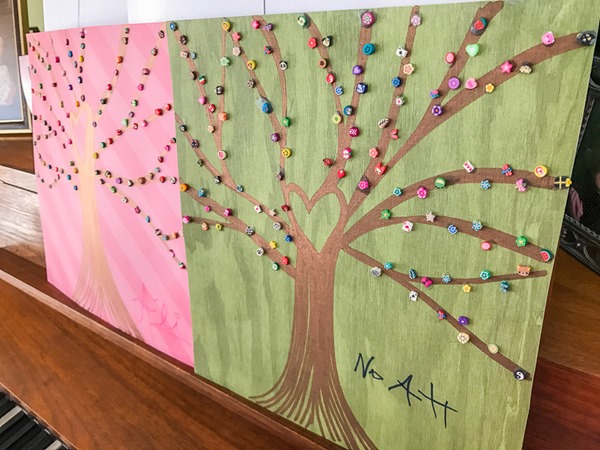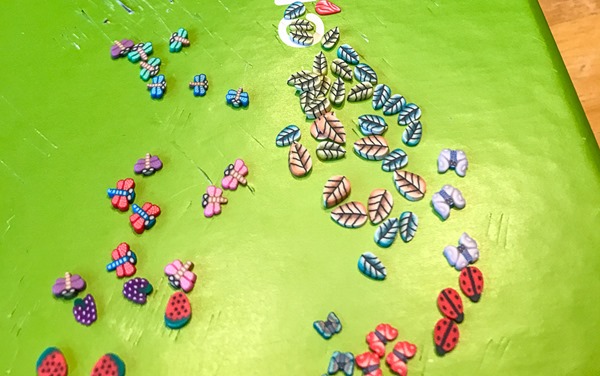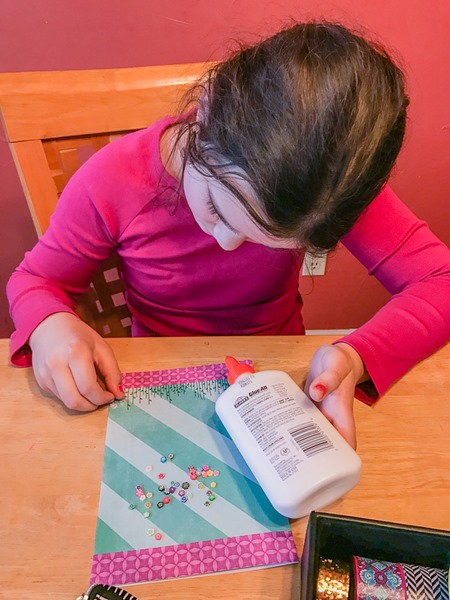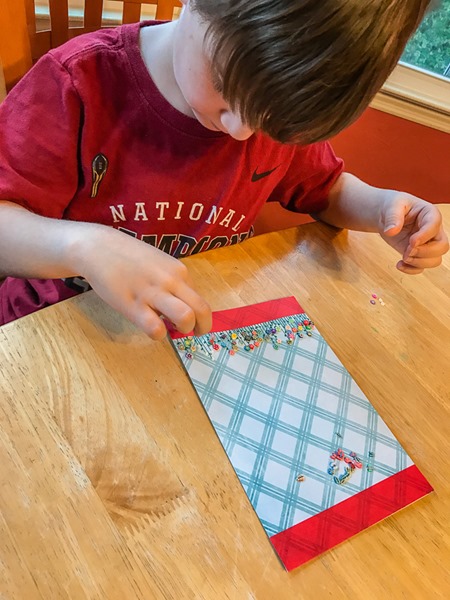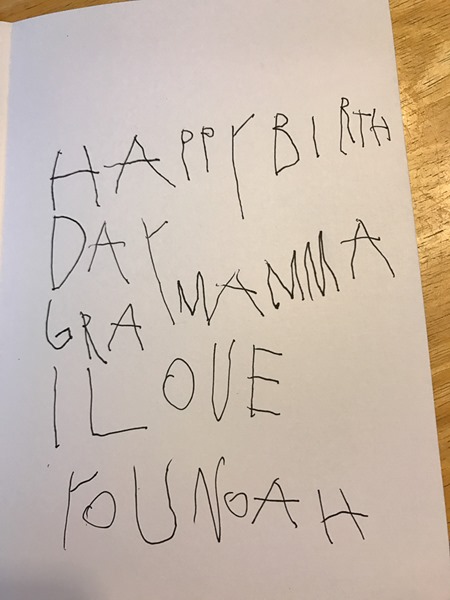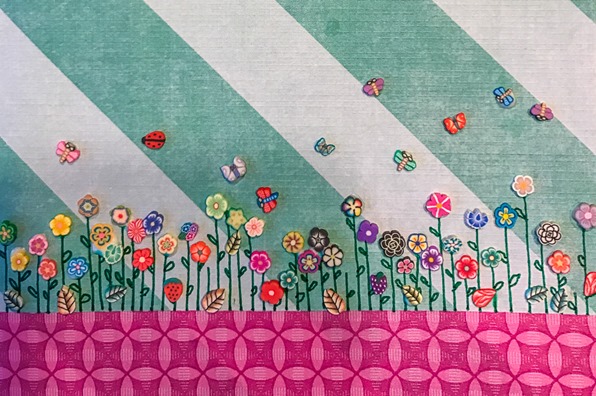“1 is red – right, mom?”
This matter-of-fact question Noah asked Monday morning while doing his math (in my dirty dressing room floor as I hung up clothes) turned his school day on end. What followed was a fascinating day of me interrogating him while becoming more and more intrigued with his brain as he very factually and without hesitation answered all of my inquiries.
“Do all numbers have a color?”
“Yes!”
“0?”
“Black.”
“2?”
“Yellow. 5 is yellow too.”
“3?”
“Blue.”
“4?”
“Orange. And 6, 7, and 8 are purple, 9 is pink. 10 is obviously red and black.”
Now it made so much sense why, after deciding to use colored pencils for math a couple weeks ago, he had started to want to do more math each day.
“What about letters? Do they have colors?”
“Obviously. A is red. B is blue and pink. C is yellow and D is brown. E is orange and F is blue and purple.”
“Days of the week? Do they have colors?”
“Yup. Yesterday was a yellow day and the day before that was a red day. Wednesday is probably a brown day. Brown or beige.”
“So what about Saturdays?”
“What did I just say that they were?? Red, Mom!!”
I had just discovered that my six-year-old had grapheme-color synesthesia. AND I WAS TOTALLY GEEKING OUT.
Grapheme-color synesthesia: When an individual’s perception of numerals and letters is associated with the experience of colors. Like all forms of synesthesia, Grapheme-color synesthesia is involuntary, consistent, and memorable.
I’d heard about synesthesia in all its forms in my psych classes in college (a fascination that I pursued in my electives), and had more recently listened to a podcast about a woman with Mirror-Touch Synesthesia – a very real and terrifying condition that caused her to physically feel everything that she saw anyone else physically experience. Hug, punch, shivers, itches – whatever.
Synesthesia is a phenomenon where two or more senses are triggered by each other in an involuntary way. Color Synesthesia is the most common, and approximately 1% of the population experiences it. A theory is that it is associated from first memories of learning the letters – kids latch onto the colors of their refrigerator magnets, or the letters in their alphabet book. But this was disproven when they discovered synesthetes who couldn’t possibly have had those early life associations. I can’t help but wonder if there is still some connection there, and if more kids have synesthesia now that they learn their letters with blazingly colorful learning apps.
There are many more bizarre synesthesias, such as where you experience tastes when certain words or sounds are spoken, where smells have a color, when time has a spatial place around you, and where letters and other things are personified as little personalities. Often, people who are synesthetes will experience more than one type, so we had other fun conversations yesterday as well, such as,
“What color is the smell of chicken fingers?”
“What?? Mom! That’s disgusting!!”
“Where is Wednesday? Is it to the left or right of you?”
“I have NO idea.”
I found an online test for synesthetes and started Noah on it. It asks you to pick a color from the whole spectrum for each letter and number, randomized and multiple times, to see if you’re consistent with your answers. It was a bit long for a six-year-old’s attention span, however, so we haven’t finished it yet. But it was delightful to listen to his dialogue as he tried to pinpoint the colors.
“No…it’s a little lighter than that…more of a lavender. Mom, how do I get this to be lighter?”
“It’s more of a green-yellow. No, not that green. Not that one either.”
“9 is definitely pink. Not green. Help me get off the green!”
What fascinated me most was his complete consistency. When he got to B on the test, he asked “B is blue and pink. How do I do that on here? Should I just pick one or the other?”
All day long I randomly asked him the color of numbers and letters and he’d shoot back, with complete accuracy, what he’d told me before. I kept a running note in my phone because there was no way I could possibly remember his answers from one ask to the next.
While he was taking the test, Ali walked in and asked what he was doing. I explained to her that Noah saw letters and numbers in color.
“Oh! I do too. 1 is blue, 2 is lime green – “
“WRONG!” Noah didn’t even look up from his test to inform his sister that she was categorically incorrect about the properties of numbers.
Ali wasn’t so convinced that letters had a color, but she did think days of the week had color.
She started going through her list, with very specific colors, like “Tuesday is lime green and light yellow mixed together” and when she got to Friday,
“…and Friday is sunshine yellow…”
Noah piped up, appalled, “What?!? That’s Sunday!! You’re so weird.”
I had never had a more surreal conversation with my children, and I was loving every minute of it. I had turned into psychologist mom and there was no going back.
I found this picture online and showed it to him.
“What is in this picture?”
“Fives and twos.”
“How many twos are there?”
Without taking even a second to count, he said “there are six twos,” then pointed them all out. Because apparently, his brain comprehends them much bolder than my brain does.
(I did ask him if he saw them in color or in black and he looked at me like I was crazy. “They’re black, Mom!!”)
The next morning, I had the kids separately make their color charts.
This is Ali’s:
I checked it against my note, and she Ali stayed consistent with her choices, other than flip-flopping on 5 and 8 being light blue / dark blue.
And this is Noah’s. The really bold characters are due to the fact that they are supposed to be purple, and he wasn’t happy that they looked a little pink on first pass.
The only deviation he made from the day before was that he decided that 7 was actually green, not purple. Additionally, he informed me that uppercase e’s are yellow, but lowercase are orange – and he preferred lowercase. I asked if all uppercase and lowercase letters were different, but he said only e and f – uppercase f is blue and purple (he got mad at himself for forgetting to add blue to it, although he did draw the dual-colored B), but lowercase is beige.
One interesting fact that I found while researching: although each synesthete has their own color-mapping, the majority make A red and O white or black. Noah has consistently told me that A is red and O is blue or black.
I have no idea what this brain phenomenon really effects, other than my children’s minds being delightfully more colorful than my own, but I’m excited to figure out how to integrate it into their education.
As is, apparently, Noah.
So it might be worth the question – offhandedly, out of nowhere, to your kids:
“Hey – what color is the number 5?”
Report your findings immediately.
Note: an update can be found here.

